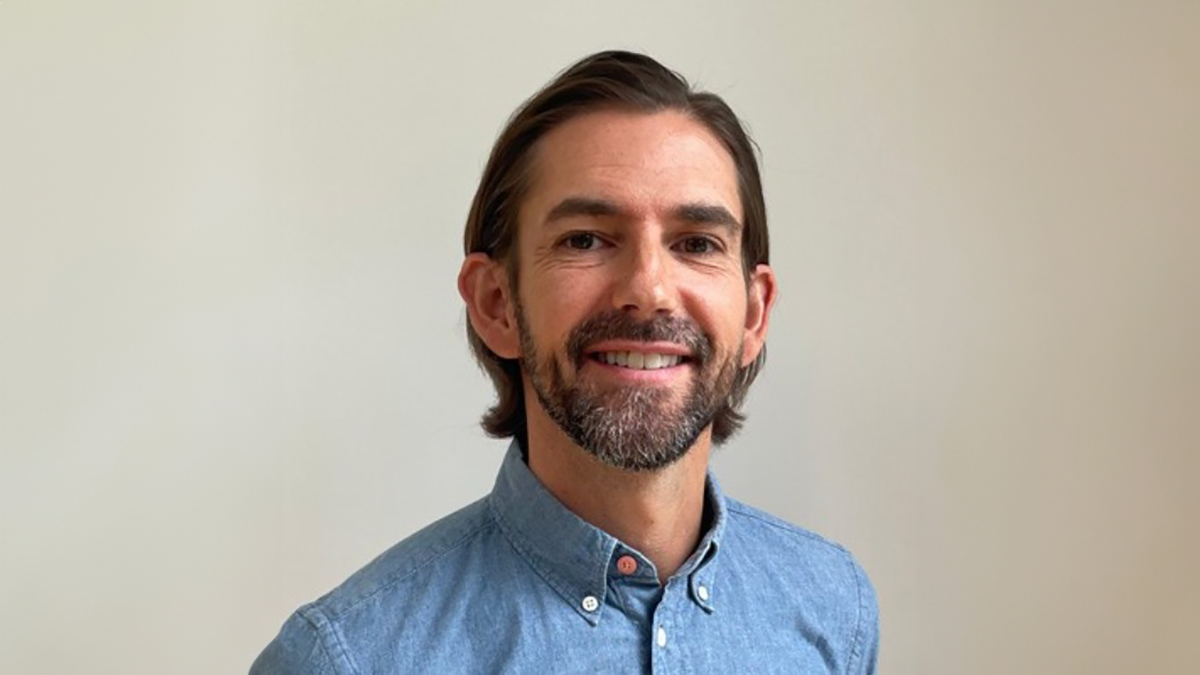Carbon Underwriting’s platform ‘democratises’ insurance data
‘We set out to transform the world of delegated underwriting and a vision to set a global benchmark,’ Carbon Underwriting’s CTO, Ben Laidlaw, says
Chief technology officer at Lloyd’s first syndicate-in-a-box explains why Carbon Underwriting created its own underwriting platform
Carbon Underwriting’s post-bind analytics and pricing platform challenges industry norms and views on data ingestion, analysis and consumption, according to its chief technology officer, Ben Laidlaw.
Carbon became Lloyd’s first syndicate-in-a-box in July 2020 and graduated to a full Lloyd’s syndicate in January 2023. The London-based firm created its own underwriting platform, which it called Graphene, after the allotrope of carbon.
In an interview with Insurance Day, Laidlaw says Graphene was “built in-house and without the constraints of legacy infrastructures or mindsets”, employing the latest data processing and analysis techniques that allow Carbon to “capture unique insights which may otherwise be overlooked by underwriters”.
Graphene is managed by a team of quants and IT developers who employ machine learning and artificial intelligence. Leveraging Google Cloud Platform to “democratise” data and empower its users with actionable insights, Graphene standardises and homogenises claims risk and premium bordereaux, augmented with third party data. It enables Carbon’s underwriters to draw insights at a binder, coverholder, territory or class of business level.
“Graphene allows for the democratisation of insurance data, with the platform and its conclusions being shared with all of Carbon’s partners, whether coverholders, brokers, follow markets or reinsurers,” Laidlaw says.
By underwriters for underwriting
Carbon Underwriting recently received approval from Lloyd’s for a 36% increase in the stamp capacity of its syndicate 4747, whose gross written premium will increase from £150m ($189.9m) in 2023 to an expected £204m this year.
Carbon set out in 2018 with a mission to transform the world of delegated underwriting and a vision to set a global benchmark, and Graphene was built “by underwriters for underwriting”, Laidlaw says.
“Our data models have provided us as a syndicate with a scalable runway to build amazing data products that allow underwriters to focus on underwriting, actuaries on their modelling and increased efficiency across the entire business. It has also allowed us to expand across multiple territories and increase our premium base significantly with a minimal increase in headcount,” he says.
“Graphene underpins everything we do because it presents all parties in the distribution chain – underwriters, brokers and coverholders – with superior data to ensure they are completely aligned. Our approach is quite simple – data model before application,” he adds.
A scalable common data model allows Graphene to contextualise inconsistent bordereaux data and enrich it with third-party datasets to produce hyper-granular insights. Google large language models are used to classify claim descriptions and risk occupancies, streamlining underwriting processes and ensuring accuracy. Visualisations and bidirectional event listening provide customised dashboards and real-time updates, tailored to individual user needs, and a dedicated tool simplifies data ingestion, ensuring efficient data capture and management. In-house machine learning models helps Carbon identify the loss-making parts of its book of business, which it says would take a human hours – if not days – to find.
“Graphene goes beyond static reports by offering a dynamic view,” Laidlaw says. “Its asynchronous data pipelines clean, enrich and extend information – ultimately creating a single source of truth for the entire business.”
"Our data models have provided us as a syndicate with a scalable runway to build amazing data products that allow underwriters to focus on underwriting, actuaries on their modelling and increased efficiency across the entire business"
Ben Laidlaw
This allows users to gain insights into individual binders, portfolio-wide performance, and identify loss areas “with ease”, he says. A “Google-like” search tool uses natural language processing to generate insights “instantly”, he adds, facilitating faster decision-making.
“By prioritising data models before applications, Graphene ensures flexibility and scalability. Its cloud-based infrastructure adapts to evolving needs and integrates seamlessly with new technologies,” Laidlaw says.
Graphene is used internally across Carbon’s entire business – claims, actuarial, underwriting, finance and operations. All of its coverholders, brokers, re/insurance partners, funds at Lloyd's (FAL) providers and managing agents have access to a "personalised version" of the platform.
Graphene is "more than just" a next-generation analytics platform, Laidlaw insists.
“By enabling closer scrutiny of delegated authority facilities, it should assist in generating profits for future underwriting of these risks across the market. Graphene has not only challenged industry norms but shattered them – revolutionising data ingestion, analysis and consumption."
He concludes: “For coverholders, brokers and reinsurers, such technological progress is allowing them to move away from traditional linear, mono-directional modes of communication, which in turn is allowing them to gather collective insight to underpin corrective strategies. The outcome of this will be a sector that is more proactive and less reactive when it comes to risk management.”



